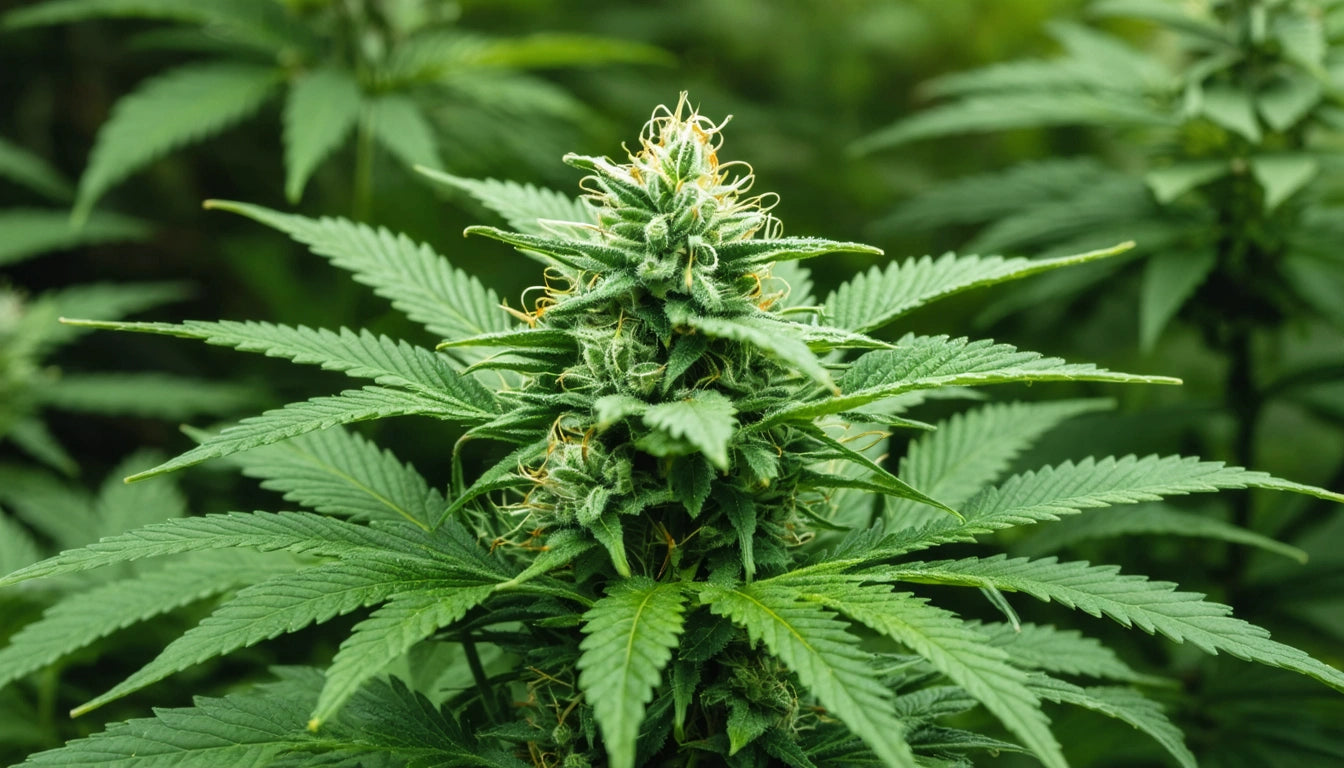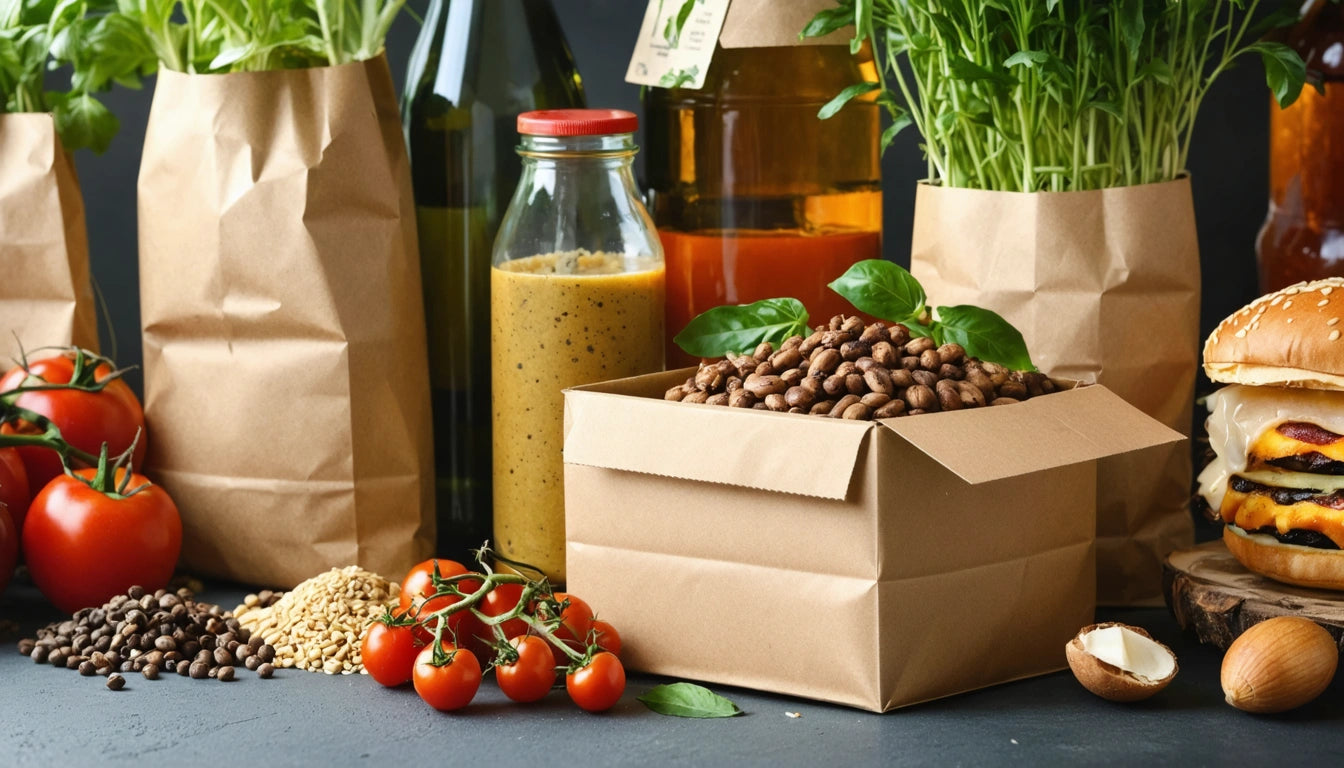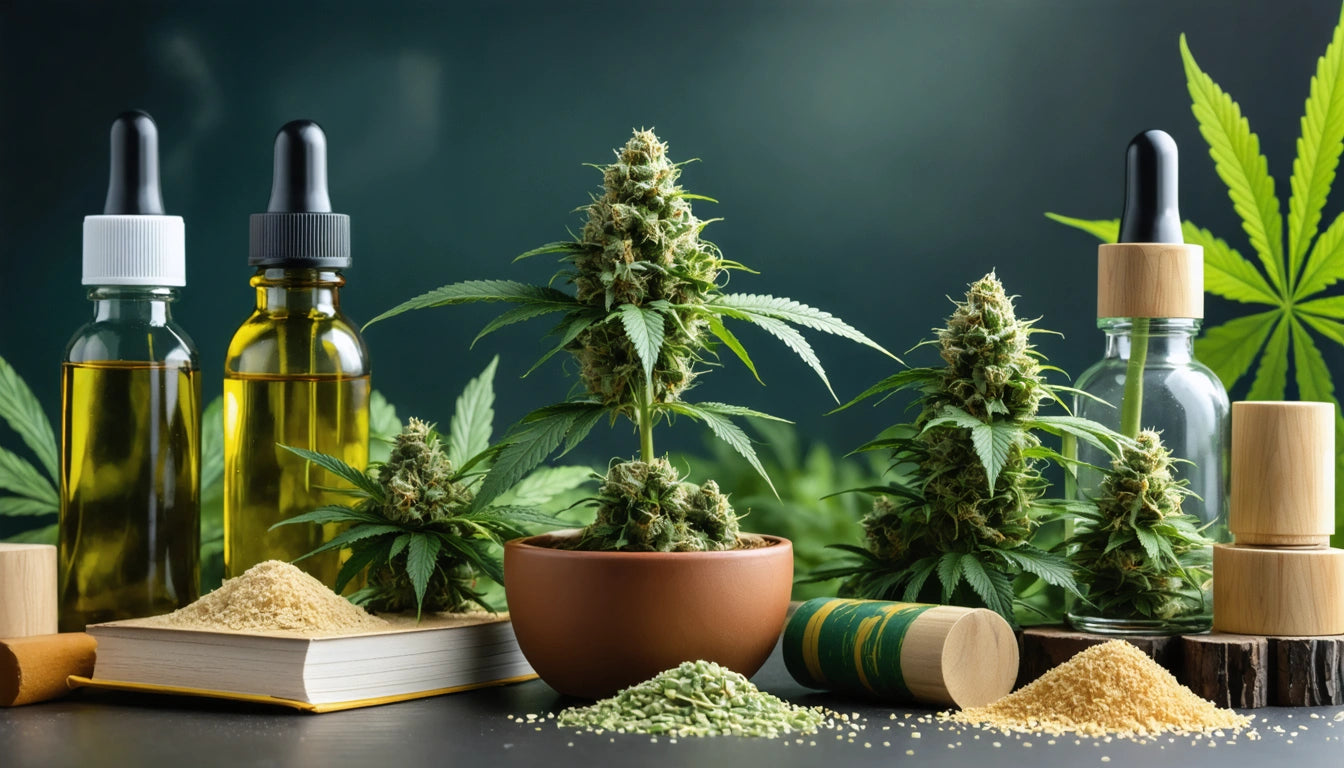Table of Contents
- Understanding Flowering Duration: Timeline Expectations
- Indoor Flowering Tips: Maximizing Your Last Two Weeks
- Outdoor Flowering Management: Environmental Considerations
- Fertilization Schedule During the Flowering Stage
- Cloning During Flowering: Possibilities and Limitations
- Harvesting Best Practices for Optimal Results
Essential Tips and Timelines for the Flowering Stage in Gardening
The flowering stage represents the culmination of a grower's efforts, where plants transition from vegetative growth to producing the valuable flowers that contain the highest concentration of desired compounds. Understanding how long flowering lasts and implementing the right techniques during this critical phase can significantly impact your final harvest quality and yield.
Understanding Flowering Duration: Timeline Expectations
When growers ask "how long does flowering last," the answer varies depending on genetics and growing conditions. According to research on flowering duration, most cannabis strains complete their flowering cycle within 7-10 weeks, though some sativa-dominant varieties may extend to 12 weeks or longer.
The pre-flowering stage typically lasts 1-3 weeks as plants transition from vegetative growth. When wondering "how long does pre flowering last outdoors," environmental factors play a significant role. Outdoor plants generally begin pre-flowering when daylight hours naturally decrease, usually in late summer depending on your geographic location.
When considering "what does flowering time mean," it refers to the period from when plants first show sex (developing pistils for females) until harvest readiness, when trichomes reach peak maturity. This timeline is crucial for planning your cultivation schedule and ensuring proper care during each phase.
Indoor Flowering Tips: Maximizing Your Last Two Weeks
The final two weeks of flowering are critical for developing flavor, potency, and yield. Following these "last 2 weeks of flowering tips indoors" can significantly enhance your results:
- Gradually reduce nitrogen while maintaining phosphorus and potassium levels
- Implement a flush with plain pH-balanced water to remove excess nutrients
- Maintain consistent temperatures between 65-75 °F (18-24 °C)
- Lower humidity to 40-45% to reduce mold risk
- Consider a 48-hour darkness period before harvest to potentially increase resin production
Light management remains crucial during this period. Maintain your 12/12 light cycle but consider slightly reducing light intensity in the final days to simulate natural seasonal changes, which can trigger the plant to maximize resin production as a survival response.
Outdoor Flowering Management: Environmental Considerations
For outdoor growers seeking "last 2 weeks of flowering tips outdoor," environmental protection becomes paramount. As autumn approaches, plants face increased risks:
- Install temporary coverings to protect from unexpected rain or frost
- Monitor for increased pest activity as temperatures fluctuate
- Consider supplemental lighting if daylight hours decrease too rapidly
- Provide structural support for heavy flowers to prevent branch breakage
- Increase vigilance against mold and mildew as morning dew becomes more common
Regional climate variations significantly impact outdoor flowering schedules. Growers in northern latitudes may need to select faster-flowering varieties to complete their cycle before cold weather arrives, while those in southern regions may have extended flowering windows.
Fertilization Schedule During the Flowering Stage
Understanding "how often to fertilize in flowering stage" prevents common mistakes that can compromise quality. Early flowering requires different nutrient ratios than late flowering:
- Early flowering (weeks 1-3): Transition from high nitrogen to increased phosphorus and potassium
- Mid-flowering (weeks 4-6): Maintain higher phosphorus and potassium levels with minimal nitrogen
- Late flowering (weeks 7+): Gradually reduce all nutrients in preparation for flushing
Most experienced growers recommend fertilizing every other watering during early and mid-flowering, then reducing to every third watering during late flowering. Always monitor plants for signs of nutrient burn or deficiency and adjust accordingly.
According to cultivation experts, organic fertilizers can provide more forgiveness in application rates but may release nutrients more slowly than synthetic options.
Cloning During Flowering: Possibilities and Limitations
Growers often ask "how late into flowering can you clone" when they discover exceptional phenotypes. While possible, cloning flowering plants presents challenges:
- Early flowering (weeks 1-2): Relatively high success rate but longer reverting time
- Mid-flowering (weeks 3-5): Decreased success rate with significant reverting time
- Late flowering (weeks 6+): Very low success rate and extensive stress on both mother and clone
Clones taken during flowering must revert to vegetative growth before resuming normal development, a process that can take 2-3 weeks and may result in unusual growth patterns initially. For best results, always select the healthiest lower branches for cloning attempts during flowering.
Harvesting Best Practices for Optimal Results
When considering "how long is flower good for," proper harvesting and curing techniques are essential. Flowers harvested at peak maturity and properly cured can maintain optimal quality for 6-12 months when stored correctly.
Trichome observation remains the most reliable method for determining harvest readiness. Using a jeweler's loupe or digital microscope, monitor trichome color changes:
- Clear trichomes: Immature, lower potency
- Cloudy/milky trichomes: Peak THC production
- Amber trichomes: More sedative effects as THC degrades to CBN
Most growers harvest when 70-90% of trichomes are cloudy with some amber beginning to appear, depending on the desired effect profile. This precision timing ensures you capture the plant's peak potency window.
After harvesting, proper drying in a dark environment with 45-55% humidity and temperatures around 60-70 °F (15-21 °C) for 7-14 days preserves terpenes and cannabinoids. Following with a 2-4 week cure in sealed containers, "burping" daily to release moisture, further enhances flavor and effect profiles.
Understanding these flowering stage fundamentals ensures you maximize your cultivation efforts and achieve the highest quality final product, whether growing for personal use or commercial production.











Leave a comment
All comments are moderated before being published.
This site is protected by hCaptcha and the hCaptcha Privacy Policy and Terms of Service apply.